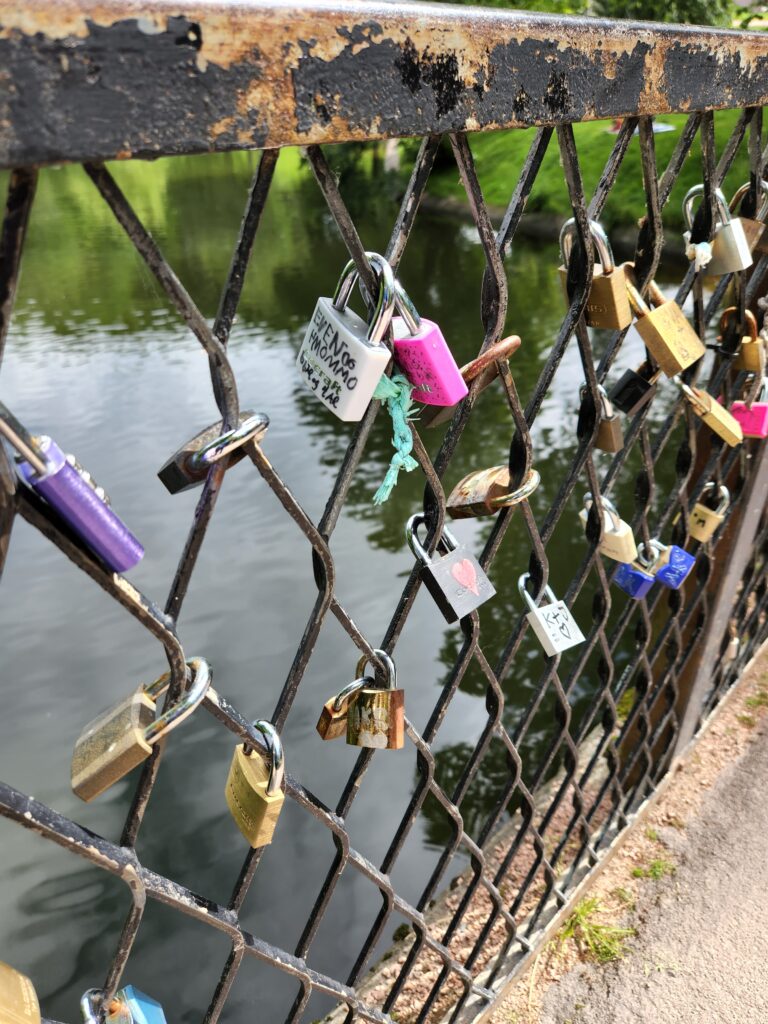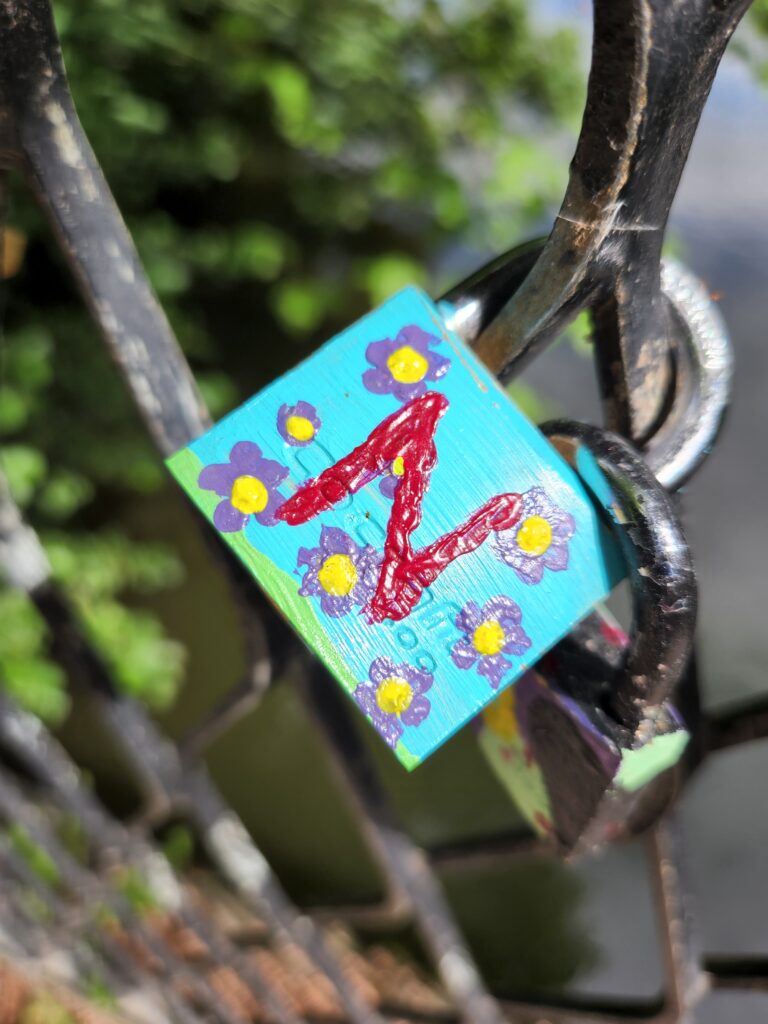Oh my, the story of the Vigeland Wergeland (say that five times fast) just got more complicated. We all know about the magnificent statue of Henrik Wergeland, Norway’s great Romantic poet, that stands in Island Park of Fargo. Those of us who read inscriptions know that the bronze was made by Gustaf Vigeland, Norway’s great monumental sculptor. An artist befitting the subject, and vice versa. A few days ago, touring the Vigeland Museum in Oslo, I was excited to espy the plaster cast of Wergeland from Vigeland’s studio–thus anchoring for my mind the trans-Atlantic connection at both ends. Now it appears we have a triangle on our hands.
For today, In Kristiansand, the place of Wergeland’s birth, we stumbled into Wergenslandparken, and here is what we saw! An identical Vigeland Wergeland! Back into the website of the Vigeland Museum, searching out some now-disconnected pages, I find this exposition.
So it was Vigeland’s idea there should be a monument to Wergeland in his home town, and somehow, at about the same time, he made a dup to be emplaced in Fargo, North Dakota. How did this connection happen? I know that Dr. Herman O. Fjelde of Abercrombie was involved in securing the statue for Fargo. How did he know this was even a possibility? On return home, I’ll investigate this.
We’ve gotten interested enough in Wergeland–not only his stature as a literary figure but also his zeal for human rights–that we want to visit his grave in Vår Frelsers Gravlund of Oslo. We’ll be back in that city in a week or so, arriving in evening by train to catch a plane home the next morning. Presuming the trains run on time, we figure we have time to race over to the cemetery, pay our respects at dusk, and examine the memorial placed on Wergeland’s grave by the Jewish community in recognition of his work on their behalf.
In the meantime, tomorrow noon we catch our train for Stavanger, where in a few days we join the annual conference of the Agricuiltural History Society. Today, when we called in at the Sørlandets Kunstmuseum of Kristiansand, we were privileged to view a remarkable artifact: the Maisengel (corn angel), which was included in a retrospective exhibit. I take this as a blessing for the upcoming meeting of agricultural scholars.


